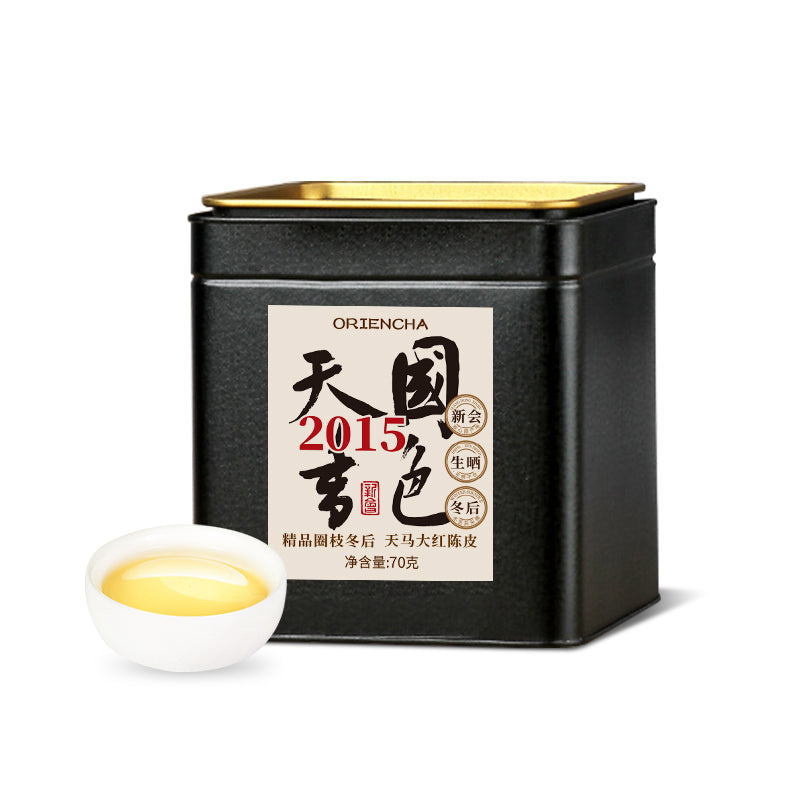Skip to product information


2015 Guose Tianxiang Tianma Chenpi
$87.00
Shipping calculated at checkout.
Weight: 70g
Origin: Xinhui
City, Guangdong Province
Cultivar: Quanzhigan 圈枝柑
Harvest: 2015
Tasting Notes (5/18/2025) Aroma: fruity, aged, herbal, medicinal, woody, layered, complex, minty Taste: sweet, smooth, medicinal, long-lasting, distinct throat feel (houyun)
Pickup currently not available









